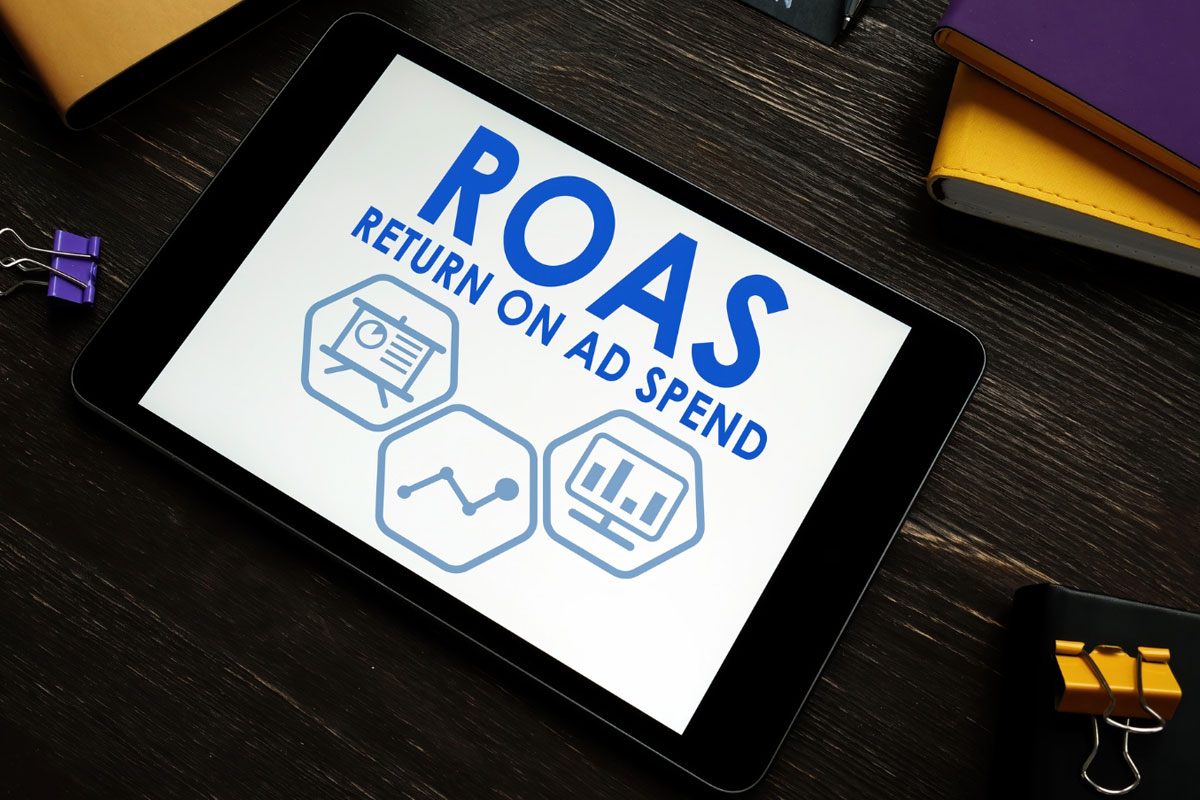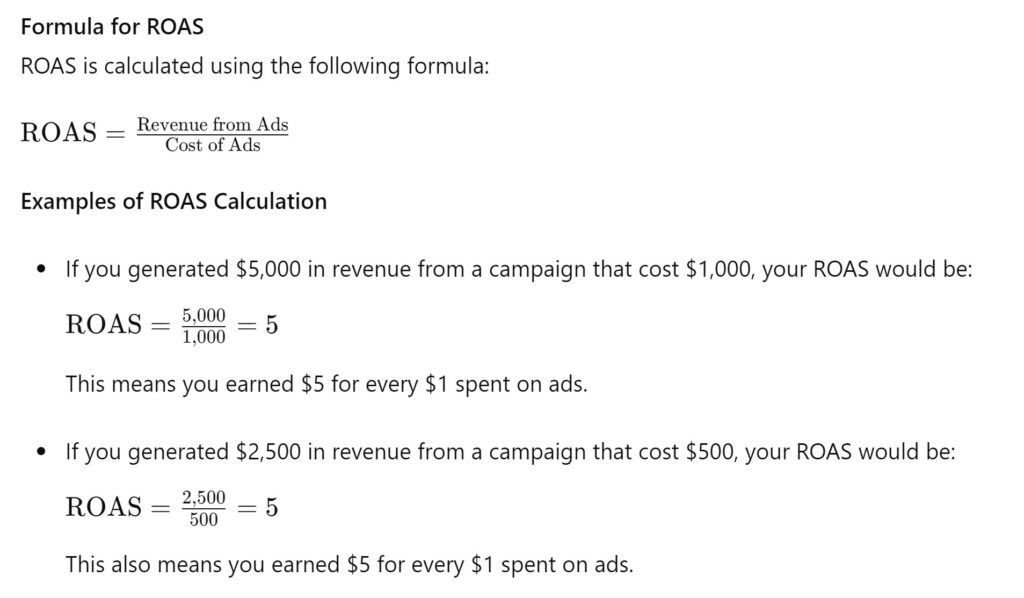
Return on Ad Spend (ROAS) is a critical metric in paid search marketing that measures the revenue generated for every dollar spent on advertising. In this article, we’ll explore the significance of ROAS, how to calculate it, the factors that influence it, and strategies to improve it for better campaign performance.
Introduction to ROAS
Definition and Significance Return on Ad Spend (ROAS) is the ratio of revenue generated from your advertising campaigns to the amount spent on those campaigns. It is a key indicator of the effectiveness and profitability of your paid search efforts. A higher ROAS indicates that your campaigns are generating more revenue for every dollar spent.
Why ROAS Matters in Paid Search Marketing ROAS is crucial because it helps you evaluate the financial performance of your campaigns. By measuring the return on your advertising investment, you can determine which campaigns are most effective, optimize your budget allocation, and make informed decisions to maximize profitability.
How to Calculate ROAS
Formula for ROAS ROAS is calculated using the following formula:

Factors Affecting ROAS
Ad Spend The amount you spend on advertising directly impacts your ROAS. Effective budget allocation and cost management are essential for maximizing ROAS.
Conversion Value The value of conversions (e.g., sales, sign-ups) generated by your ads plays a significant role in determining ROAS. Higher conversion values lead to better ROAS.
Campaign Targeting and Optimization Accurate targeting and continuous optimization of your campaigns can improve ROAS. Reaching the right audience with relevant ads increases the likelihood of conversions and higher revenue.
Quality Score and Ad Relevance A high Quality Score and relevant ads can lower your cost per click (CPC) and improve ad positions, leading to better ROAS. Ensuring that your ads and landing pages align with user intent is crucial.
Strategies to Improve ROAS
Optimizing Ad Spend and Budget Allocation
- Allocate your budget to the most effective campaigns and channels.
- Use data and insights to make informed decisions about budget adjustments.
Enhancing Targeting and Segmentation
- Use advanced targeting options to reach high-intent audiences.
- Segment your audience based on demographics, behavior, and interests to deliver more relevant ads.
Improving Ad Copy and Landing Pages
- Craft compelling ad copy that resonates with your target audience and encourages clicks.
- Ensure that your landing pages provide a seamless and persuasive experience, aligned with the ad’s promise.
Using Automated Bidding Strategies
- Utilize automated bidding strategies like Target ROAS to optimize bids based on desired return on ad spend.
- Leverage machine learning and data insights to make real-time bidding adjustments and maximize ROAS.
Information Table on ROAS Benchmarks by Industry
| Industry | Average ROAS |
|---|---|
| Retail | 4.00 |
| Financial Services | 2.50 |
| Travel & Hospitality | 3.50 |
| Technology | 3.00 |
| Education | 4.50 |
| Healthcare | 3.00 |
| Real Estate | 3.50 |
| Legal | 5.00 |
| Automotive | 4.00 |
| E-commerce | 3.50 |
In the next article, we will look into Quality Score, discussing its importance, the components of Quality Score, how to improve it, and its impact on ad performance.

